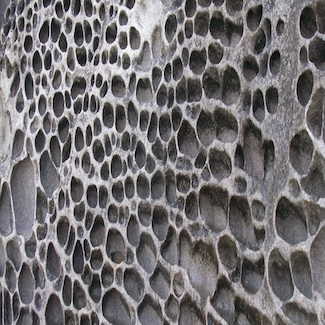Global trends in antimicrobial use in food animals.
Type
Demand for animal protein for human consumption is rising globally at an unprecedented rate. Modern animal production practices are associated with regular use of antimicrobials, potentially increasing selection pressure on bacteria to become resistant. Despite the significant potential consequences for antimicrobial resistance, there has been no quantitative measurement of global antimicrobial consumption by livestock. We address this gap by using Bayesian statistical models combining maps of livestock densities, economic projections of demand for meat products, and current estimates of antimicrobial consumption in high-income countries to map antimicrobial use in food animals for 2010 and 2030. We estimate that the global average annual consumption of antimicrobials per kilogram of animal produced was 45 mg⋅kg(-1), 148 mg⋅kg(-1), and 172 mg⋅kg(-1) for cattle, chicken, and pigs, respectively. Starting from this baseline, we estimate that between 2010 and 2030, the global consumption of antimicrobials will increase by 67%, from 63,151 ± 1,560 tons to 105,596 ± 3,605 tons. Up to a third of the increase in consumption in livestock between 2010 and 2030 is imputable to shifting production practices in middle-income countries where extensive farming systems will be replaced by large-scale intensive farming operations that routinely use antimicrobials in subtherapeutic doses. For Brazil, Russia, India, China, and South Africa, the increase in antimicrobial consumption will be 99%, up to seven times the projected population growth in this group of countries. Better understanding of the consequences of the uninhibited growth in veterinary antimicrobial consumption is needed to assess its potential effects on animal and human health.

